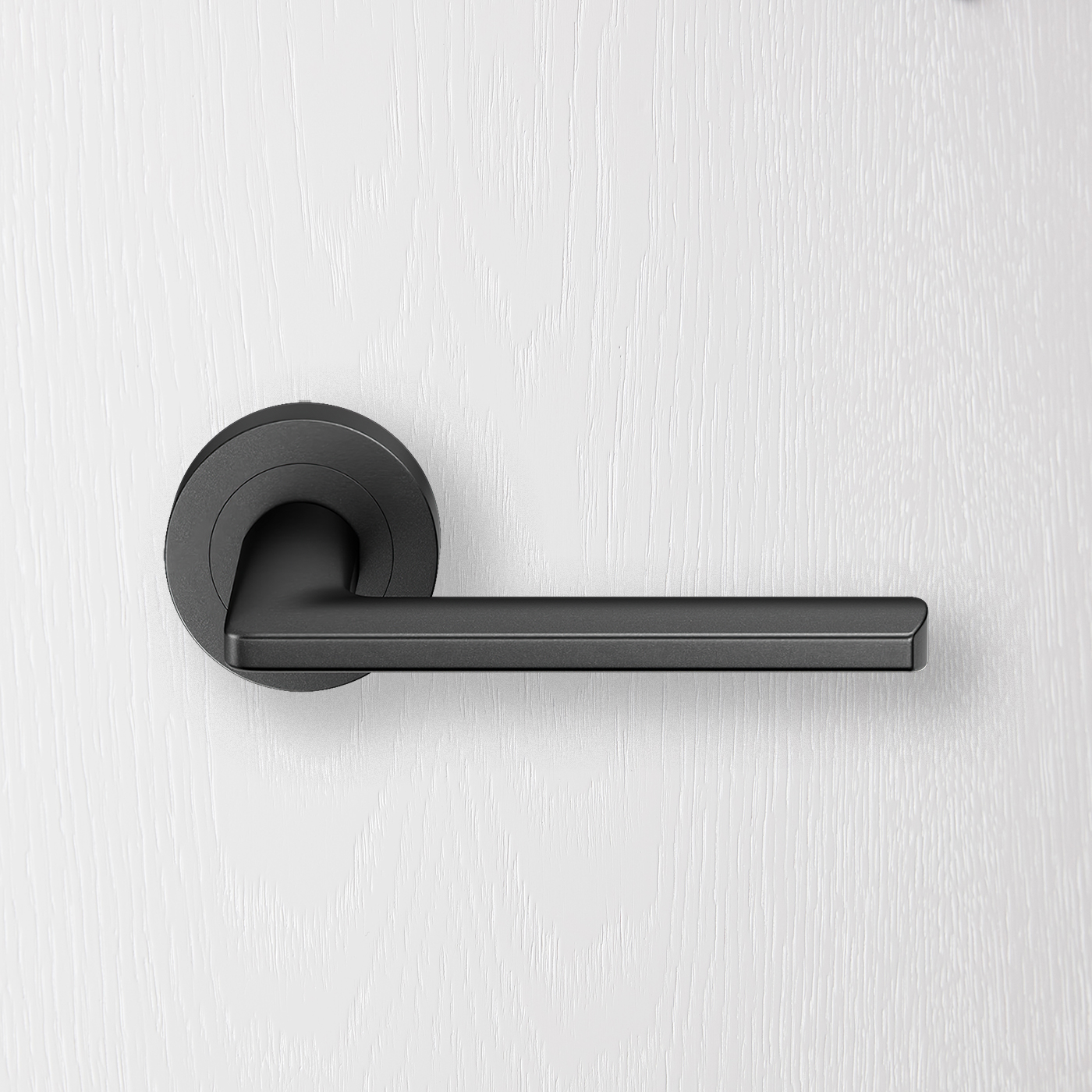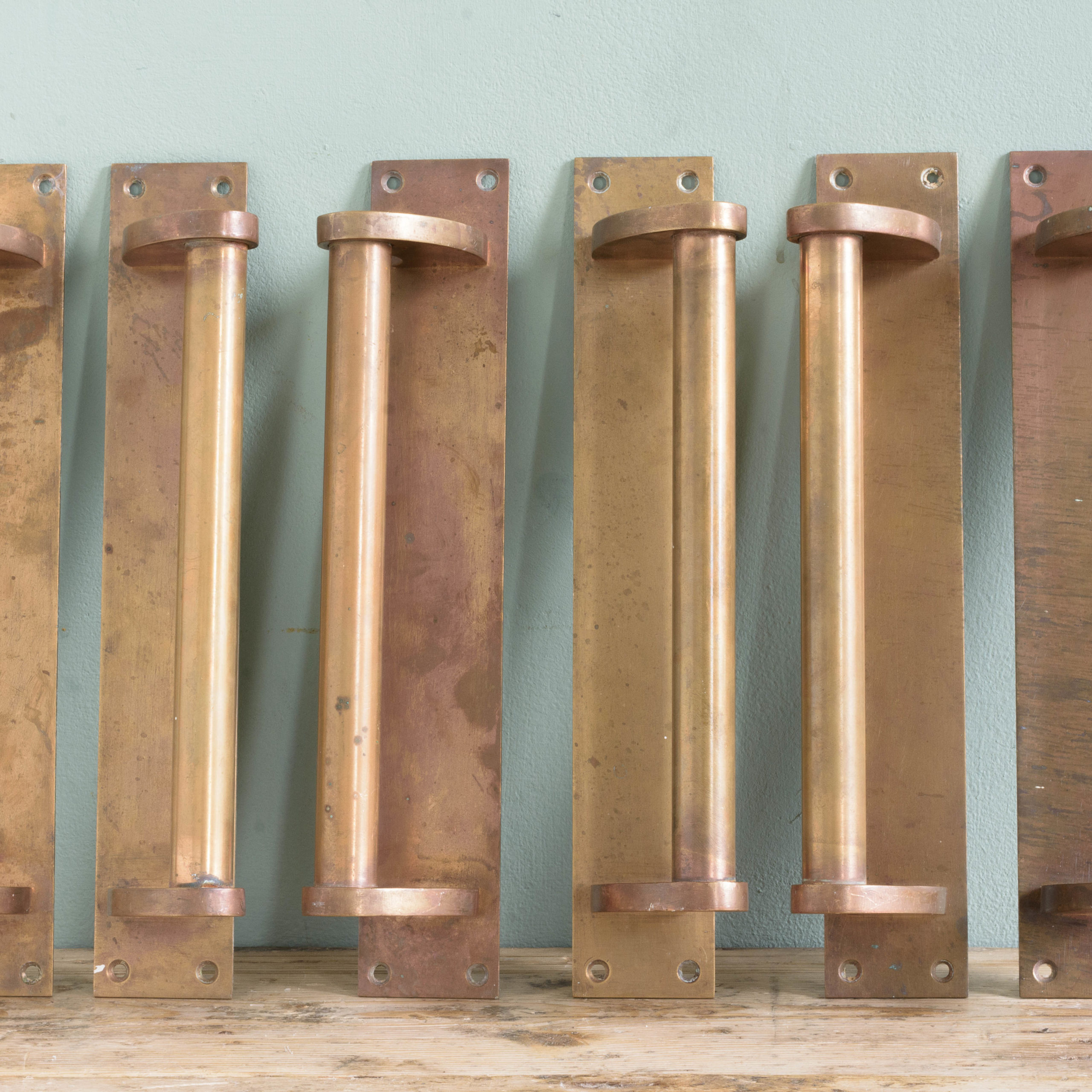Aesthetic Considerations of Mid-Door Cabinet Pulls

Mid-door cabinet pulls offer a unique design opportunity, allowing for both functional convenience and impactful aesthetic enhancements. Their placement directly influences the overall visual balance and style of your cabinetry, requiring careful consideration of design elements to achieve a cohesive and pleasing look. This section explores the key aesthetic factors to consider when choosing and installing mid-door pulls.
Design Styles and Material Choices for Mid-Door Cabinet Pulls
The style of your cabinet pulls should complement the overall design of your kitchen or space. Various pull styles, materials, and finishes interact with different cabinet styles to create diverse aesthetic effects. The following table illustrates examples of compatible combinations.
| Pull Style | Material | Suitable Cabinet Style | Image Description |
|---|---|---|---|
| Bar Pull | Brushed Nickel | Modern, Transitional | Imagine a sleek, minimalist bar pull, approximately 6 inches long, with a slightly brushed, matte nickel finish. The edges are softly rounded, avoiding sharp angles. |
| Cup Pull | Polished Chrome | Traditional, Contemporary | Visualize a classic cup pull, about 1.5 inches in diameter, with a highly reflective, polished chrome finish. The cup shape is subtly curved, creating a gentle, elegant form. |
| Knobs | Oil-Rubbed Bronze | Rustic, Farmhouse | Picture a set of substantial, slightly distressed knobs, approximately 2 inches in diameter, made of oil-rubbed bronze. The finish displays a rich, dark patina with subtle variations in tone. |
| Geometric Pull | Matte Black | Modern, Industrial | Envision a geometric pull with clean lines and sharp angles, perhaps a simple rectangle or triangle, in a matte black finish. The material might be metal or even a high-quality resin. |
Visual Impact of Finishes on Cabinet Colors
The finish of your mid-door pulls significantly impacts the overall visual effect. Different finishes interact differently with various cabinet colors, creating diverse moods and styles.
Cabinet pulls in middle of door – Here’s a comparison of popular finishes and their effects:
- Brushed Nickel:
- Pros: Versatile, complements both light and dark cabinets, subtle sheen.
- Cons: Can appear less striking than bolder finishes.
- Polished Chrome:
- Pros: Highly reflective, adds a modern, sleek look, especially effective on white or light-colored cabinets.
- Cons: Can show fingerprints easily, might feel too stark against dark wood.
- Oil-Rubbed Bronze:
- Pros: Rich, warm tone, creates a rustic or traditional feel, complements dark wood beautifully.
- Cons: Can appear heavy or dated in modern settings, requires more maintenance to keep clean.
Influence of Pull Placement on Cabinet Aesthetics
The placement of mid-door pulls directly affects the visual balance and perceived proportion of your cabinets. Consider these placement options:
Precise placement is crucial. Centered pulls create symmetry, while slightly offset placement can introduce a subtle asymmetry, adding visual interest. The height of the pull also influences the overall look; higher placement can visually elongate the cabinet door, while lower placement can create a more grounded feel. For instance, a perfectly centered pull on a tall, narrow cabinet emphasizes its height, whereas an offset pull on a wide, shallow cabinet might balance the visual weight.
Functionality and Ergonomics of Mid-Door Cabinet Pulls: Cabinet Pulls In Middle Of Door

Selecting mid-door cabinet pulls involves careful consideration of both functionality and ergonomics to ensure ease of use and aesthetic appeal. The right pull significantly impacts daily kitchen or bathroom use, influencing efficiency and user experience. This section details the various pull types, their ergonomic considerations, and the durability of different materials.
Types of Mid-Door Cabinet Pulls and Their Functionality
The choice of cabinet pull hinges on factors such as cabinet size, weight, and personal preference. Several types offer distinct advantages and disadvantages. The following table summarizes key characteristics:
| Pull Type | Ease of Use | Durability | Suitability for Cabinet Sizes/Weights |
|---|---|---|---|
| Bar Pulls | Generally easy, good grip for larger hands | High, especially in metal; wood can be prone to wear | Suitable for larger cabinets and drawers; can be less practical for smaller units. |
| Cup Pulls | Moderate; requires a precise grip | High, depending on material; prone to chipping if ceramic | Suitable for a range of cabinet sizes; good for both aesthetics and functionality. |
| Knobs | Easy for light cabinets; can be difficult for heavy or large doors | High durability with metal; lower with wood or plastic | Best suited for smaller cabinets and drawers; less effective for larger or heavier units. |
| Edge Pulls | Can be less intuitive than other types, requiring a specific grip | Moderately high, depending on material and installation | Suitable for modern, minimalist designs; may not be ideal for all cabinet styles or weights. |
Ergonomic Considerations for Mid-Door Cabinet Pulls, Cabinet pulls in middle of door
Ergonomic design prioritizes user comfort and ease of use. When selecting mid-door pulls, several factors influence user experience:
Proper ergonomic design minimizes strain and maximizes ease of use. Key considerations include:
- Grip Size: Pulls should accommodate various hand sizes and grips, avoiding overly small or large handles.
- Handle Length: Length should be proportional to cabinet size and weight, allowing for a comfortable and secure grip.
- Placement Height: Placement should be accessible to users of all heights, avoiding pulls placed too high or too low.
- Ease of Access: Consider the needs of users with limited mobility or dexterity. Larger, easier-to-grasp pulls are beneficial in such cases.
Durability and Longevity of Mid-Door Cabinet Pull Materials
Material choice significantly impacts the lifespan and maintenance requirements of cabinet pulls.
| Material | Lifespan | Maintenance Requirements | Cost |
|---|---|---|---|
| Metal (e.g., stainless steel, brass) | Very high; decades with proper care | Minimal; occasional cleaning | Moderate to high |
| Wood | Moderate; susceptible to wear and damage | Regular cleaning and potential refinishing | Moderate |
| Ceramic | Moderate to low; prone to chipping and cracking | Careful handling; avoid harsh chemicals | Moderate |
Installation and Customization of Mid-Door Cabinet Pulls

Installing mid-door cabinet pulls can significantly enhance both the aesthetics and functionality of your kitchen or bathroom cabinets. This process, while seemingly simple, requires careful attention to detail to ensure a secure and visually appealing result. Proper installation prevents damage to your cabinets and ensures the pulls remain firmly attached for years to come. Customization options allow for a truly personalized touch, reflecting your unique style and preferences.
This section details the step-by-step installation process, necessary tools, and safety precautions. It also explores creative ways to customize your mid-door pulls, transforming ordinary hardware into stunning focal points.
Installing Mid-Door Cabinet Pulls: A Step-by-Step Guide
The following steps provide a clear and concise guide to installing mid-door cabinet pulls. Remember to always prioritize safety and take necessary precautions to avoid injury or damage to your cabinets.
- Gather your tools and materials: You will need a measuring tape, pencil, drill with appropriate drill bit size for your pull screws, screwdriver (Phillips or flathead, depending on your screws), level, and the cabinet pulls themselves. For certain materials, you may also need a pilot hole drill bit to prevent splitting.
- Measure and mark the placement: Carefully measure the desired placement of your pulls, ensuring they are evenly spaced and centered on the cabinet doors. Use a level to ensure accurate horizontal alignment. Mark the locations with a pencil.
- Pre-drill pilot holes (if necessary): If you are working with harder wood or materials prone to splitting, pre-drilling pilot holes is crucial. This step prevents the wood from cracking during screw insertion. Use a drill bit slightly smaller than the diameter of your pull screws.
- Attach the pulls: Align the pull with your pencil marks and carefully insert the screws. Do not over-tighten the screws, as this can strip the wood or damage the pull.
- Check for stability: Once installed, gently tug on each pull to ensure it is securely fastened. If any pull feels loose, remove it, re-check the alignment, and re-install.
Creative Customization Methods for Mid-Door Cabinet Pulls
Customizing your mid-door cabinet pulls allows you to inject your personal style into your kitchen or bathroom. The following are three distinct approaches to achieve unique and eye-catching results.
- Painting: A simple yet effective method is to paint your pulls. Choose a color that complements your cabinetry and overall décor. For instance, painting simple brass pulls a matte black can create a modern and sophisticated look. Before painting, ensure the pulls are clean and degreased for optimal adhesion. Apply several thin coats, allowing each coat to dry completely before applying the next. Consider using a sealant to protect the paint and enhance durability.
- Adding Embellishments: Enhance the appearance of your pulls by adding decorative elements. Small crystals, beads, or even carefully glued-on decorative metal accents can add a touch of elegance or whimsy. For example, gluing small iridescent glass beads around the base of a simple knob can create a sparkling, glamorous effect. Ensure the adhesive you use is suitable for the materials of both the pull and the embellishment.
- Using Unique Hardware: Instead of standard pulls, consider using unconventional hardware. Vintage drawer pulls, repurposed antique knobs, or even creatively shaped pieces of wood can create a truly unique look. For instance, using antique porcelain knobs can add a touch of vintage charm to a modern kitchen. Be sure the chosen hardware is appropriately sized and compatible with your cabinet doors.
Simplified Installation Guide for Mid-Door Cabinet Pulls
Installing mid-door cabinet pulls is a straightforward process. First, measure and mark where you want to place the pulls on your cabinet doors, ensuring even spacing. Then, carefully drill pilot holes (if needed to avoid splitting the wood) before attaching the pulls with screws. Finally, check that each pull is securely fastened. This simple process can greatly improve the look and feel of your cabinets.
